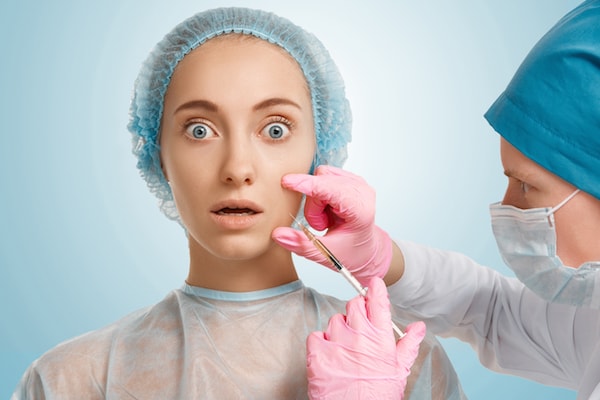
Botulinum Toxin, or Botox, has seen extensive use in both medical and cosmetic medicine since its discovery in 1820. It was discovered by a German medical officer who observed its amazing properties from his extensive study on the clinical application of botulism. However, recent published studies show evidence that it may not be as safe as we once thought.
A recent medical study suggests that Botox may have a higher chance of spreading from the injection site to nearby areas and producing symptoms identical to botulism. This includes loss of strength, muscle weakness, swallowing and potentially life threatening breathing issues.
This information is, in fact, old news and merely reinforces what experts already knew. In 2009, the FDA added a warning to the prescription information regarding the possibility of botulinum toxin spreading from the injection site and causing unwanted and possibly deadly symptoms. The study was done by using mouse neuron cultures to study how the spreading occurs and to what extent it spreads. However, exactly how far the toxin can travel remains inconclusive.
Despite being almost 10 years old, there are still lessons to be learned from the study. The main causes of unwanted Botox side effects are due to adjacent or distant injection spread. Adjacent spreading is more common which is why some patients end up with droopy eyelids or crooked smiles after Botox treatment. This occurs when the injected toxin spreads to tiny muscles right next to the injection site and is more prevalent during high dose injections. On the other hand, a distant spread is a bit more elusive. This is due to the difficulty of tracing each toxin particle and where it travels in the body. Some doctors argue there is no hard evidence supporting the dangers of distant toxin spread because millions of people get Botox every year and only a fraction feel any distant effects.
By following strict guidelines like never using heavily diluted Botox or high dosage injections, many experts agree that the incidence of toxin spread can be minimized. However, some patients may not be as lucky. Other medical uses of Botox like hyperhidrosis treatment require large amounts of injection which drastically increases the chance of unwanted effects occurring.
This is the main reason why many experts today stress the importance of injection qualifications. It is essential for the injector to have extensive knowledge about facial anatomy, aging, injection technique, botulinum pharmacology and how to deal with potential complications. The only sure way to find an injector with this many qualifications is by making sure they are a board-certified plastic surgeon, facial plastic surgeon or dermatologist.
Basically speaking, going to a medi-spa or ill-equipped facilities to get Botox injections is probably not a good idea in case you experience complications during treatment. It’s also important to remember that there is currently no way to reverse the effects of Botox injections except waiting for it to wear off and this usually takes 4-6 months. Any asymmetry or unwanted side effects will remain until the toxin dissipates which is another good reason why you should always go with a board-certified specialist.
Even though the study is only reiterating what was already known about Botox almost 10 years ago, it is an important reminder that any plastic surgery procedure, no matter how mild, must be approached with the utmost caution. Patients should never try to cut costs just to save a few bucks. Anytime you get plastic surgery, your life is on the line, so act like it!
- KT